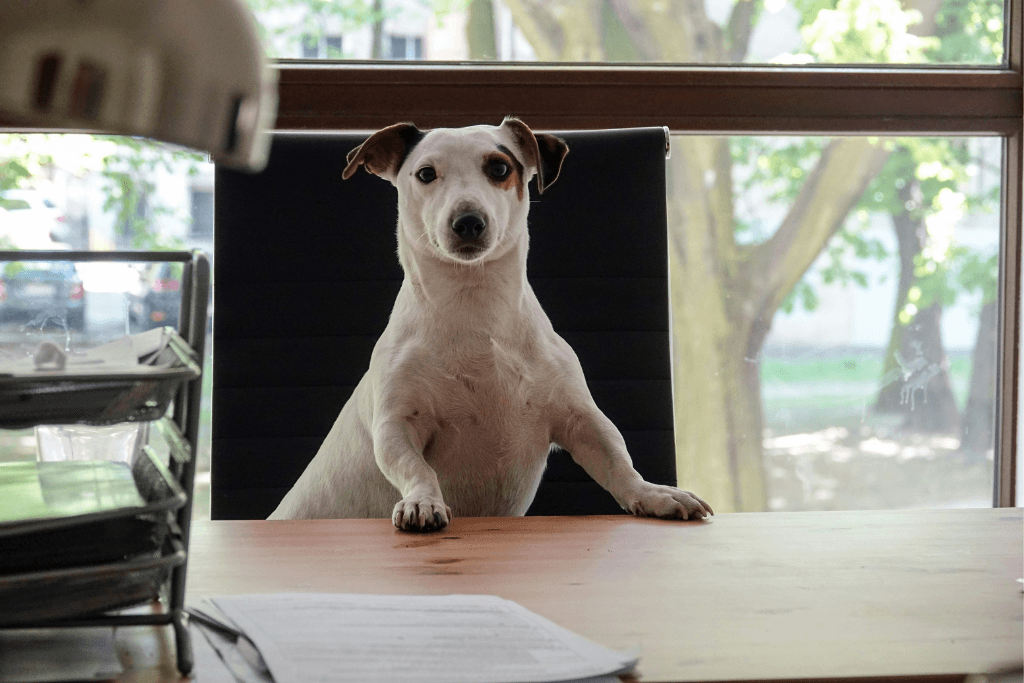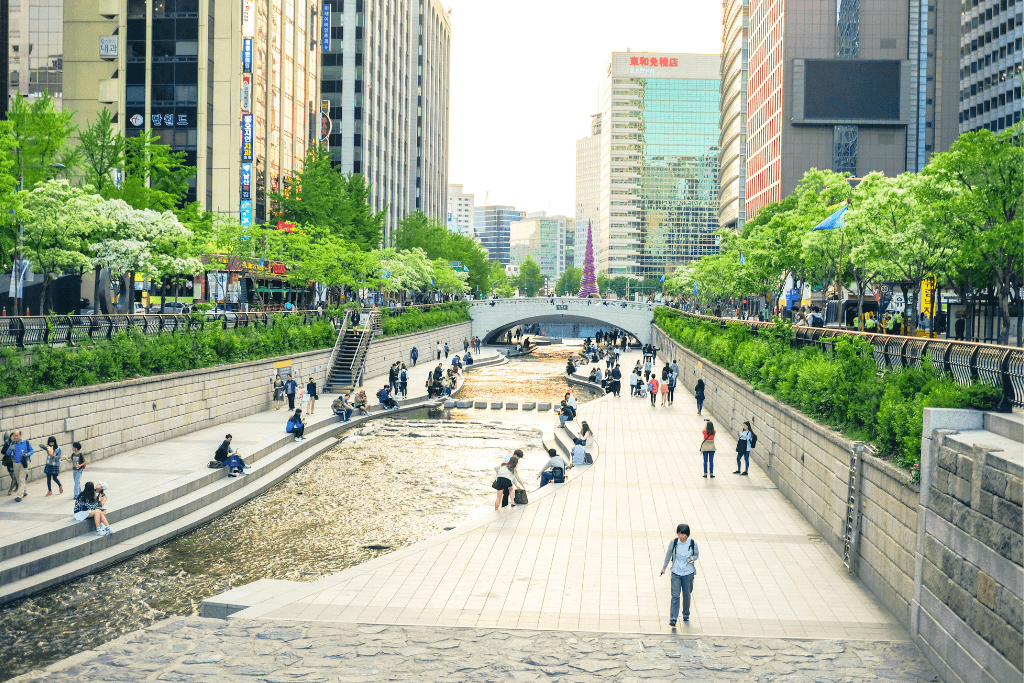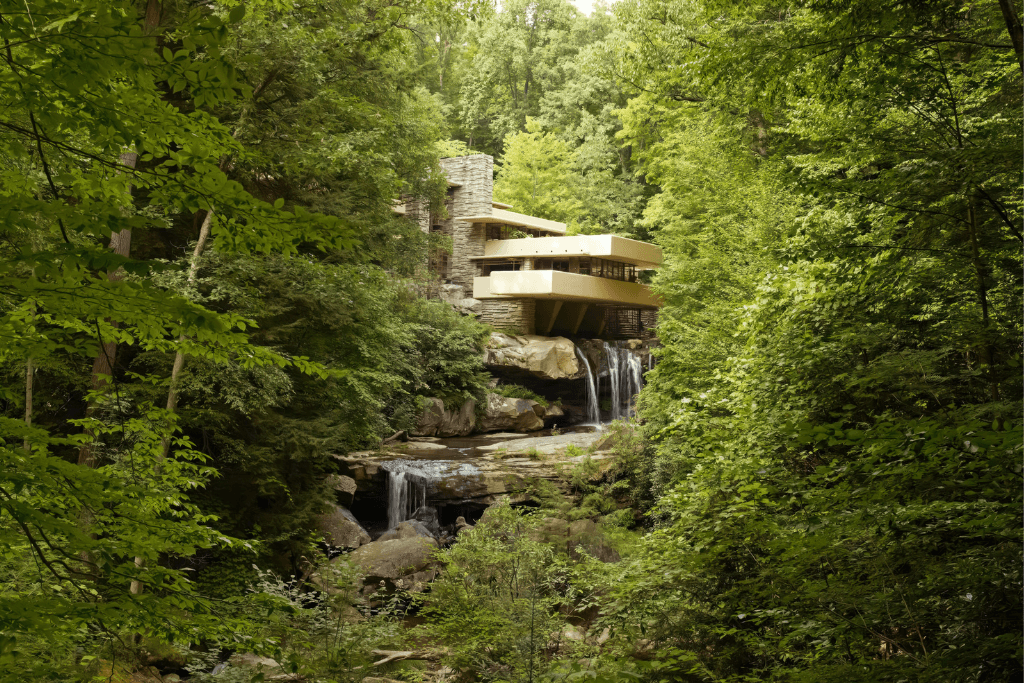People may not always remember what you say or do, but they never forget how you make them feel. This sentiment rings especially true when it comes to the workplace. In architecture—where long hours, high-pressure deadlines, and creative intensity define daily life—how a space feels is just as important as the designs they create.
That’s where dogs come in.
Beyond their wagging tails and soulful eyes, dogs carry powerful symbolism. They represent loyalty, companionship, and an unspoken sense of comfort—qualities that are invaluable in architectural studios, where collaboration and culture shape the work environment. It’s no surprise that more practices are proudly introducing their “Barkitects” (yes, that’s a thing now!). These furry team members serve as unofficial well-being ambassadors, bringing warmth and balance to a fast-paced industry.
Let’s explore the deeper symbolism of dogs and why their presence in architectural practices is more than just a trend.
Dogs Symbolise Loyalty—A Core Value in Architecture

Architecture is built on trust. Whether it’s between clients and architects, designers and engineers, or team members working together, loyalty is the foundation of great collaborations.
Dogs embody this principle effortlessly. Their unwavering companionship mirrors the dedication architects have toward their projects, clients, and firms. A dog in the office serves as a living reminder of the importance of reliability and teamwork.
Take Moo, the Wellbeing Ambassador at PRP LLP. Moo isn’t just there for cuddles (though those are undoubtedly a perk). His presence reinforces the firm’s commitment to a positive work environment, much like the way a well-designed space supports its occupants.
Dogs Foster Well-being—Just Like Great Architecture

The best architectural designs don’t just look good; they make people feel good. Spaces influence mood, creativity, and productivity. Likewise, dogs have a profound impact on emotional well-being. Studies have shown that dogs reduce stress, lower blood pressure, and even increase dopamine levels.
In a high-stakes profession like architecture— where deadlines pile up, the pressure is constant, and every detail feels like it has to be flawless —a dog can serve as a gentle reminder to pause, take a breath, and reset. A short walk or a moment of playtime can provide the mental clarity needed to tackle complex design challenges.
It’s no wonder that firms embracing dog-friendly policies are noticing a shift in workplace culture. Employees report feeling more relaxed and engaged, making their studios not just places of work, but spaces of inspiration and comfort.
Dogs Represent Presence—A Key Principle in Design

In architecture, great design is about more than aesthetics; it’s about how a space makes people feel in the moment. Similarly, dogs teach us to be present. Unlike humans, they don’t dwell on past mistakes or worry about the future.
Imagine an architect deep in thought, wrestling with a complex design problem. Enter a dog, nudging for attention. That moment of connection, however brief, can serve as a reset—bringing the architect back to the present and allowing fresh ideas to be revealed.
Presence in the workplace fosters creativity, collaboration, and well-being. Dogs, in their simple yet profound way, help cultivate that mindset.
Dogs Make a Practice More Human

At the heart of every architectural practice, there is a desire to create spaces for people. Yet, it’s easy to get caught up in the technicalities—regulations, materials, and blueprints—losing sight of the human experience.
Dogs bring warmth to an otherwise structured environment. They remind architects that beyond the plans and renders, their work is ultimately about enhancing life. A dog-friendly practice signals to employees and clients alike that the firm values people over rigid corporate structures.
And let’s be honest—who wouldn’t prefer a meeting with a Barkitect lounging nearby?
The Future of Barkitects in Architectural Studios

As more architectural firms introduce dogs into their workspaces, the industry is subtly redefining what it means to foster a thriving workplace culture. These four-legged colleagues bring more than just joy—they reinforce key architectural values: loyalty, well-being, presence, and humanity.
Whether they’re Wellbeing Ambassadors, Visiting Health and Welfare Officer, Studio Dog or simply the office’s unofficial morale booster, dogs are proving to be as essential to architectural studios as a solid foundation is to a building.
So, the next time you step into an architectural practice and find a Barkitect greeting you at the door, know that their presence is more than just a perk—it’s a symbol of everything that makes design and life meaningful.





